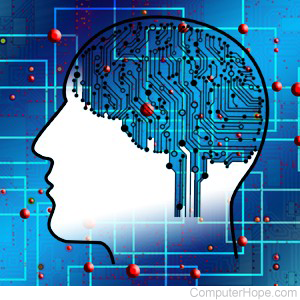Deep learning

Deep learning is a subfield of machine learning focusing on neural networks that utilize representation learning. The "deep" part of the term comes from using multiple layers in the network, which allows it to learn hierarchical representations of data.
Deep learning is applied to speech, image recognition, and natural language processing. It also finds use in fields such as bioinformatics (the study and interpretation of biological data), climate prediction, and machine translation, and can even be used to play board games. With assignments in these fields, deep learning models are comparable to (and sometimes better than) their human expert counterparts.
Some popular deep learning architectures include transformers, CNNs (convolutional neural networks), and RNNs (recurrent neural networks).
How does deep learning work?
Models built using deep learning consist of multiple layers of interconnected nodes. Each layer pulls out increasingly complex features. That is to say, the initial layers capture simple patterns, while "deeper" layers can recognize more abstract and sophisticated features. Training a deep learning model involves adjusting the weights and biases of node connections to minimize the difference between the expected output and the target.
What is the major advantage of deep learning?
In traditional machine learning approaches, software engineers must manually design features for an algorithm to learn. However, deep learning automates the feature engineering process by learning ranked representations directly from the raw input data, which is much faster. This task is carried out by artificial neural networks designed to be structurally and functionally similar to the human brain.
AI, Artificial intelligence terms, Neural network, Speech recognition, Stable Diffusion, Supervised learning, Translation, Unsupervised learning
